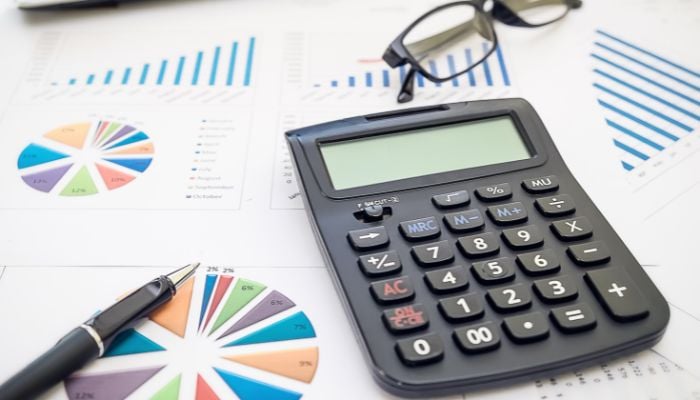A one-stop guide for financial terms


Amid talks with the International Monetary Fund (IMF) over taxation, the government is set to present its first federal budget for the next fiscal year 2024-25 on Wednesday (today).
Finance Minister Muhammad Aurangzeb will table the budget in the National Assembly.
The budget comes a day after the government said economic growth of 2.4% expected in the current year would miss a target of 3.5%, although revenues were up 30% over last year, and the fiscal and current account deficits were under control.
With the government all set to unveil budget 2024-25 today, here’s a one-stop guide for all financial terms to help you understand the contours of the finance bill.
GDP
Gross domestic product or GDP is the total monetary or market value of all the finished goods and services produced within a country’s borders in a specific time period.
PSDP
The Public Sector Development Programme (PSDP) is an important public intervention to spur private investment by way of developing human capital and improving the infrastructure. The PSDP is aligned with the overall long-term development objectives of the government.
Revenue
The revenue budget gives the details of the sources from where the government’s revenue is coming. Revenue receipts can be further classified into tax revenue and non-tax revenue.
- Tax revenue — all the revenue collected from taxes on income and profits, social security contributions, taxes levied on goods and services, payroll taxes, taxes on the ownership and transfer of property, and other taxes
- Non-tax revenue — it is the recurring income earned by the government from sources other than taxes; these include royalties, dividends on government investments in state-owned enterprises, etc.
Expenditure
Government spending or expenditure includes all government consumption, investment, and transfer payment. It can be further classified into capital expenditure and revenue expenditure.
- Capital expenditure — the amount spent on creating assets, basically long-term expenses. It is a cause for a reduction in the government’s liabilities. It adds to the capital stock of the economy and is non-recurring in nature.
- Revenue expenditure — these are short-term expenses used in the current period or typically within one year.
Fiscal deficit
It is a shortfall in a government’s income compared with its spending. A government that has a fiscal deficit is spending beyond its means.
Financing
Financing is the process of providing funds for business activities, making purchases, or investing.
Budget deficit
A budget deficit occurs when expenses exceed revenue, and it can indicate the financial health of a country.
Debt-to-GDP ratio
The debt-to-GDP ratio is the metric comparing a country’s public debt to its GDP.
Subsidies
A subsidy is a benefit given to the people by the government. It can be direct (such as cash payments) or indirect (such as tax breaks).
Debt service
Debt service is the cash that is required to cover the repayment of interest and principal on a debt for a particular period
Tax-to-GDP
A tax-to-GDP ratio is a figure to gauge a nation’s tax revenue relative to the size of its economy as measured by the GDP.
Source link



